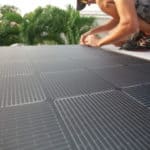
MENUMENU
TALK TO AN EXPERT
Special Hours: 7AM – 6PM PST
TALK TO AN EXPERT
Special Hours: 7AM – 6PM PST
Amps, volts, and watts are three basic concepts you will repeatedly deal with when working on any electrical system. A fourth being resistance, which is measured in ohms. It may seem overwhelming, but you don’t need an engineering degree to understand what electricity is and how to use it to your advantage.
Similar to how water flows through a hose, electricity is the flow of electrons through a conductor. In most electrical systems, the conductor is a wire.
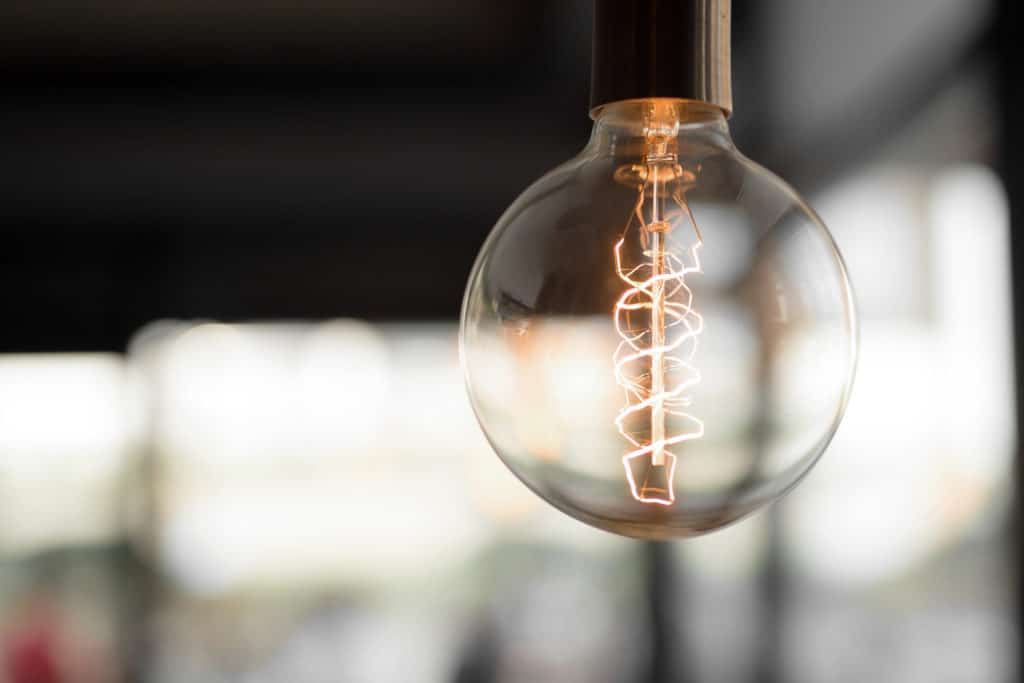
Since you can’t easily see electrons, we’ll use a water and hose analogy below. Let’s jump into it by explaining each concept on its own.
The ampere, or amp for short, is the unit of measure for electrical current. Current is the speed or rate at which the electrons flow through a conductor and is represented by the letter “I” in electrical equations.
In our water analogy, electrical current is equivalent to the flow rate or amount of water flowing through the hose.
Volts are the unit of measure for electrical voltage and are represented by the letter “V” in electrical equations. Voltage is the difference in electrical potential, or the number of electrons, between any two points in an electrical circuit.
In our water analogy, voltage is equivalent to water pressure. Pressure is the force that moves the water through the hose, just like voltage pushes electrons through a conductor.
Ohms are the unit of measure for electrical resistance in a conductor and are represented by the letter “R” in electrical equations. Resistance tries to slow down the flow of electrons.
In our water analogy, resistance is the diameter of the hose. A wide hose has very little resistance and allows water to flow through it quickly. Conductors with low electrical resistance, like copper wire, allow electrons to flow easily through them, just like the wide hose.
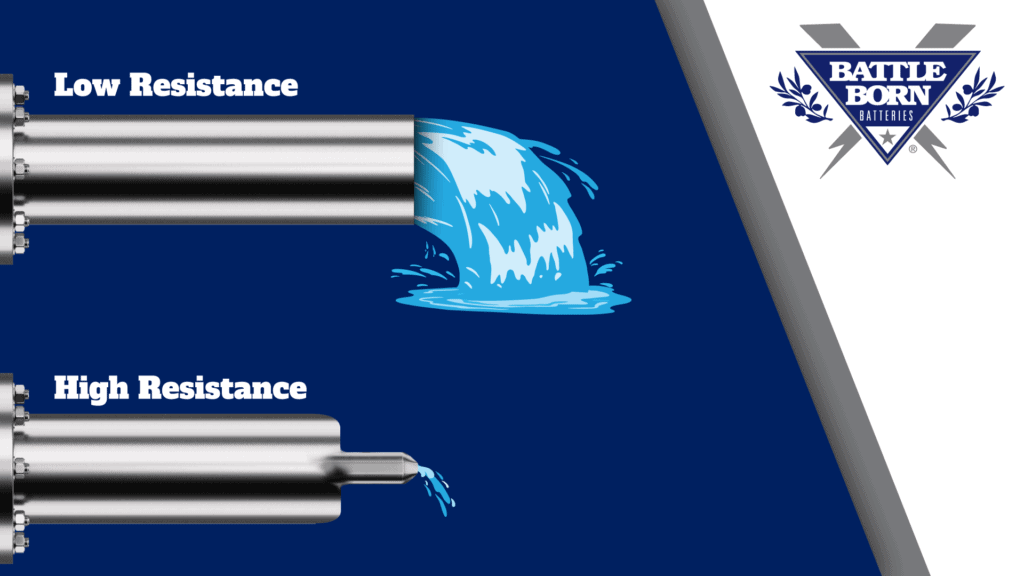
Watts are the the unit of measure of power and are represented by the letter “w” in electrical equations. Power is the rate at which electrical energy is transferred in a circuit. In electrical equations, the letter “P” represents power.
Power is a little harder to explain using the water analogy. With a hose, you can increase the power by either increasing the amount of water coming out or increasing the water’s pressure coming out. In an electrical system, you can increase the power by increasing the current or increasing the voltage.
It’s important to understand these basic concepts on their own, but the real fun happens when we tie amps, volts, and watts all together.
Ohm’s Law relates voltage, current, and resistance. It is represented by a simple equation.
V = I * R
V = voltage (volts)
I = current (amps)
R = resistance (ohms)
If you keep the resistance the same and increase the voltage, the current has to increase. Like in our hose analogy, if you increase the pressure, then more water will flow through it.
Resistance works against voltage to slow down the flow of electrons. If resistance increases while the voltage stays the same, the current flowing through the circuit will decrease. Similarly, if you pinch the hose to create a smaller diameter or increase the resistance, less water comes out of the end.
To bring together watts (power), amps (current), and volts (voltage), we need one more simple equation.
P = V * I
P = Power (watts)
V = voltage (volts)
I = current (amps)
Looking back at our example of water flowing through a hose, we can now see how power is directly related to current and voltage using this equation.
For example, imagine that you’re spraying the hose to turn a water wheel. The faster the wheel turns, the more power it generates.
If the hose size remains the same, we can make the wheel turn faster in two ways. The first is to increase the flow rate, which means more water and weight are hitting the wheel and spinning it faster. The second way is to increase the water pressure so that the water is hitting the wheel with more force and turning it faster.
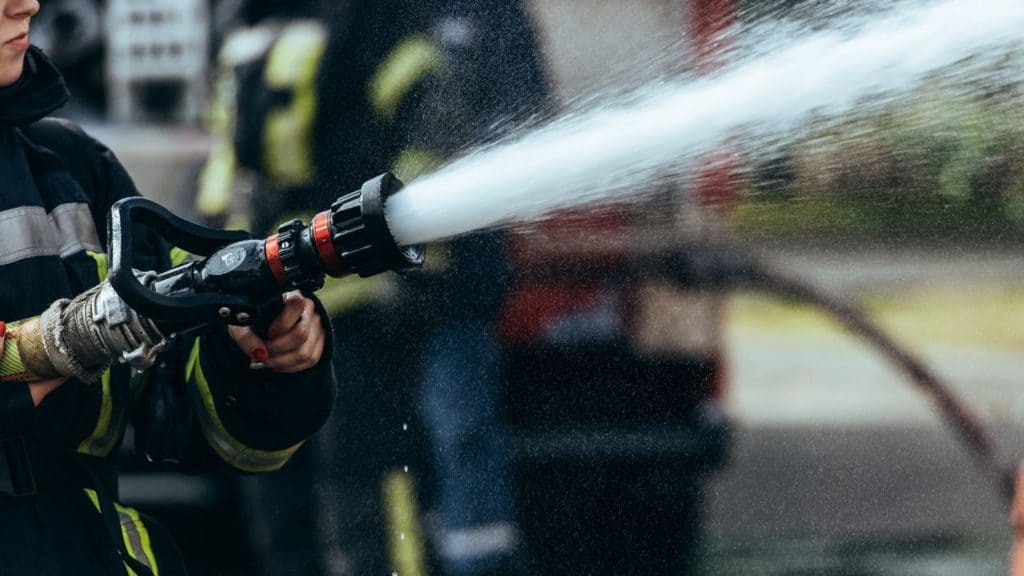
In our analogy, the water flow rate is equivalent to current and water pressure is equal to voltage. As the equation above shows, if you increase either the current or the voltage, your power will also increase.
Understanding the theory behind amps, volts, and watts is one thing — but knowing how to actually measure them brings your electrical knowledge full circle.
Fortunately, you don’t need fancy lab equipment to get accurate readings. A simple digital multimeter will do the job for most applications.
To measure voltage, set your multimeter to DC volts (V⎓). Touch the red probe to the positive terminal and the black probe to the negative terminal of your battery or circuit. The reading will show how much electrical pressure is available.
To measure current, your multimeter must be connected in series with the circuit so that all current flows through it. Set the multimeter to DC amps (A⎓), then connect it between the power source and load. This will tell you how much current your device or appliance is drawing.
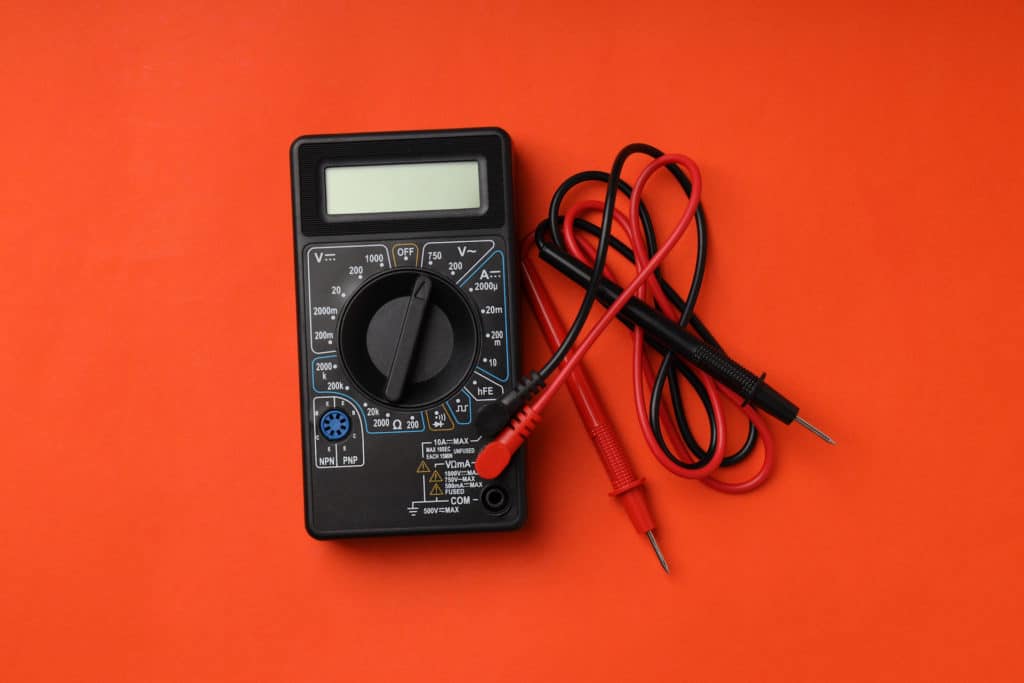
Most handheld multimeters don’t directly measure watts. They measure volts and amps, and then you calculate watts by multiplying them together. Just as we learned above:
P = V x I
Watts = Volts × Amps
In practice, most people measure them “directly” using meters that do the math for them. These include:
The relationships between power, current, voltage, and resistance seem overwhelming at first, but they’re pretty simple once you dig in. Now that you have a basic understanding of the fundamentals of power and electricity, you should be able to tackle your RV electrical projects with a little more confidence.
We know that building or upgrading an electrical system can be overwhelming, so we’re here to help. Our Reno, Nevada-based sales and customer service team is standing by at (855) 292-2831 to take your questions!
Also, join us on Facebook, Instagram, and YouTube to learn more about how lithium battery systems can power your lifestyle, see how others have built their systems, and gain the confidence to get out there and stay out there.
Shop Best Sellers
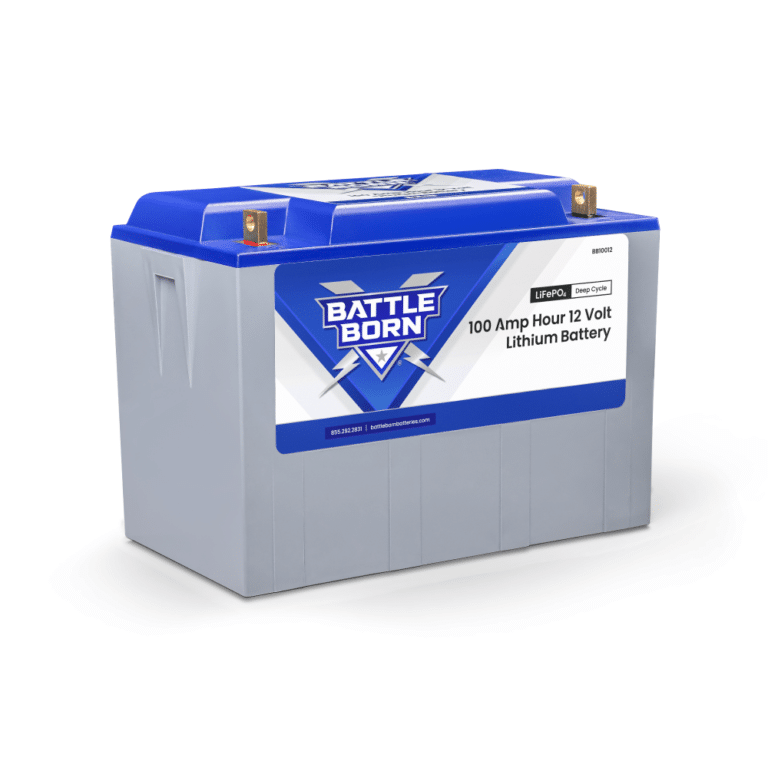
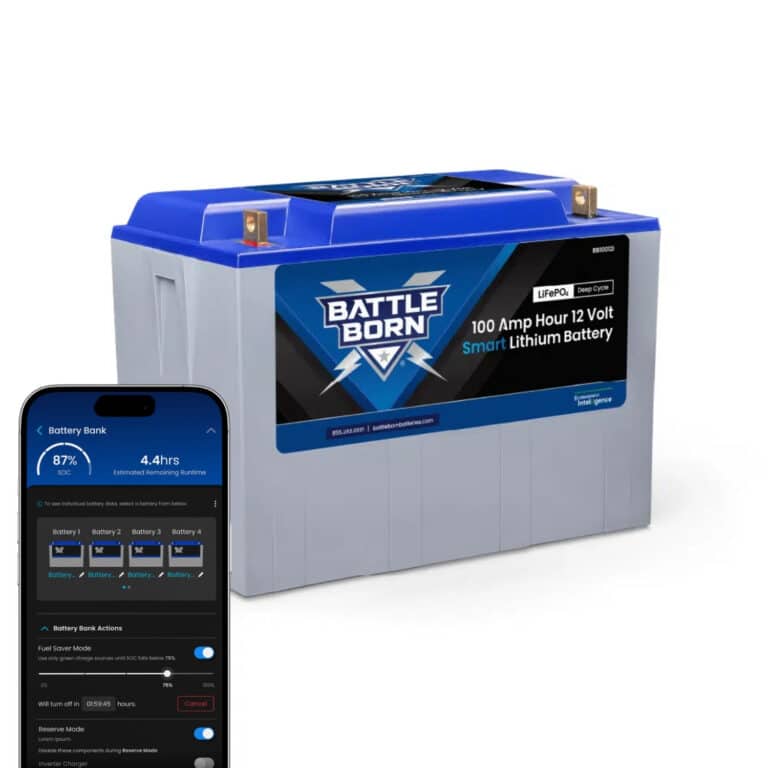
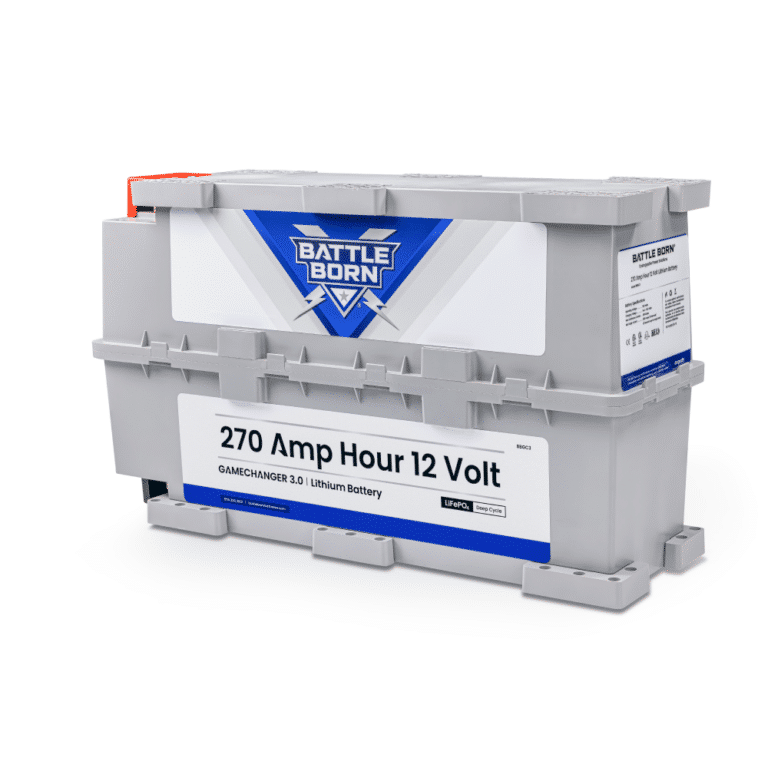
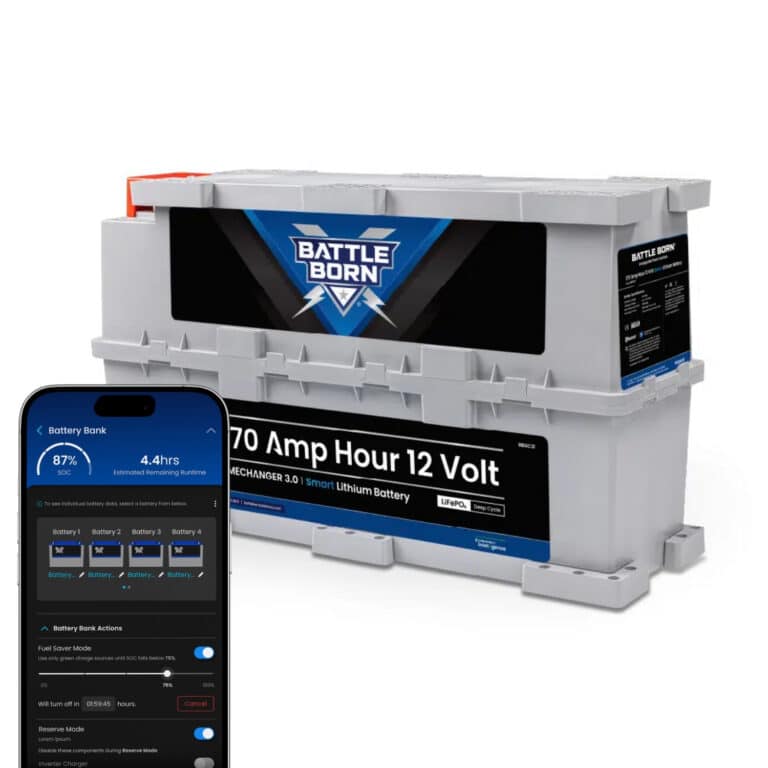
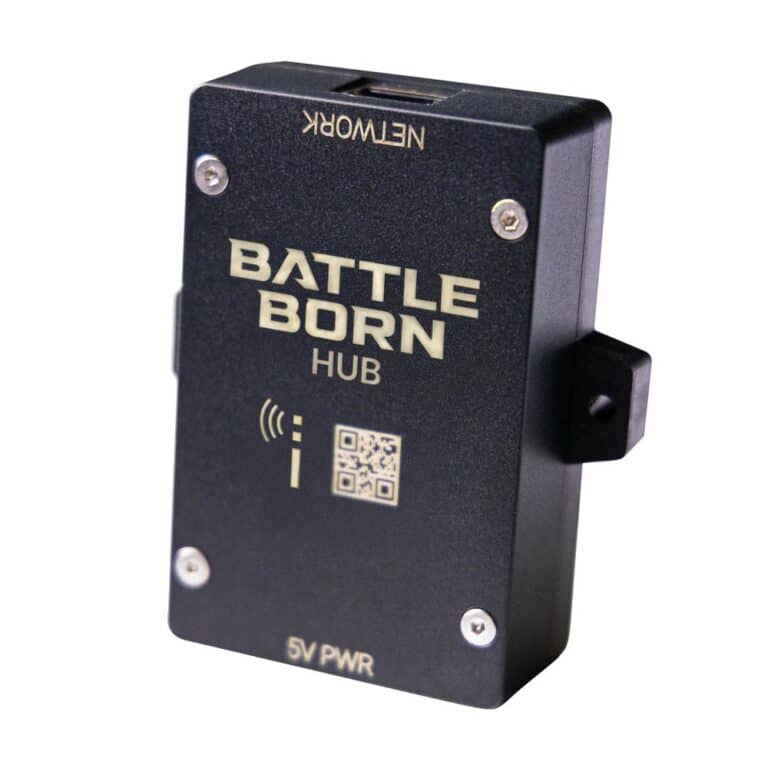
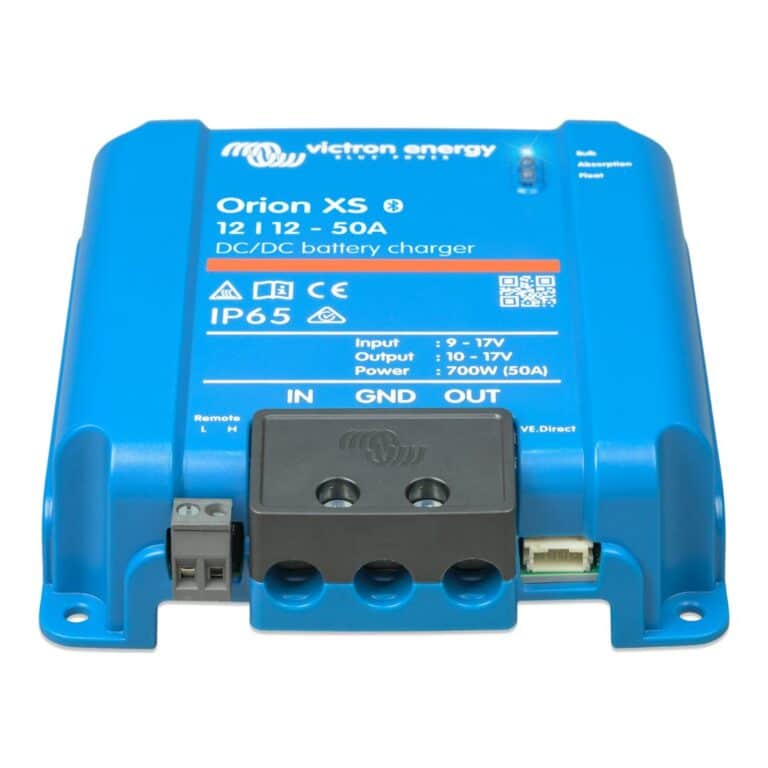
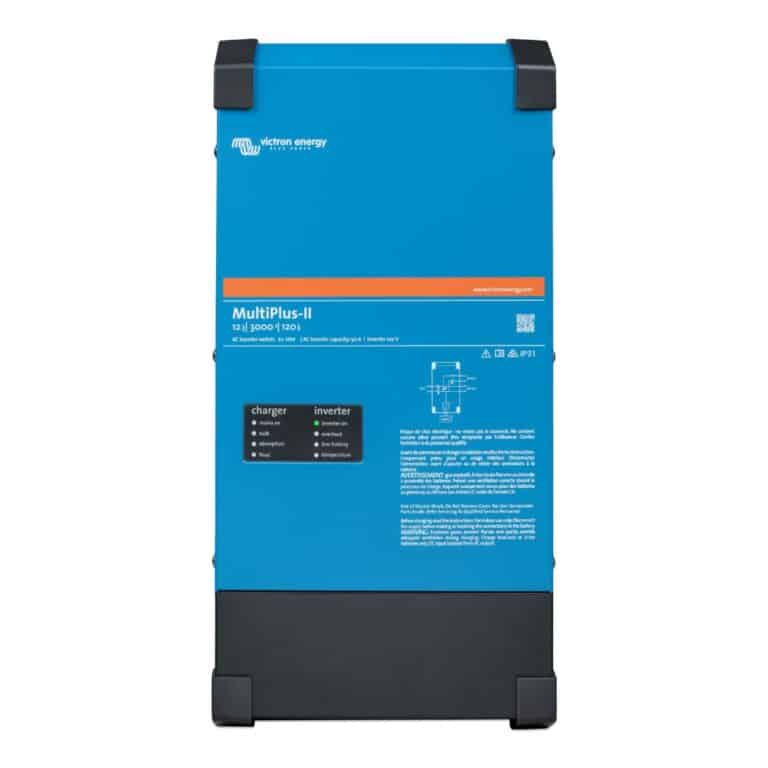

Ask a technical specialist now at 855.292.2831
Stay in the Know
9 thoughts on “Amps, Volts, Watts: Differences Explained In Simple Terms”
Question…if my Class B runs on 30 amp, what device is needed to plug into/receive power from a normal house outlet?
Hi Suzanne, happy to help with this one! Our team suggests using just an adapter to a 110V device will be enough for your rig! Please let us know if you have any additional questions and have a great rest of your afternoon.
I want to build a camper can I the spring. I want a BattleBorn lithium battery for my electric needs. I want to power:
Keurig Mini coffee maker 1470 watts
Lasko MyHeat 200 watt space heater
NuWave PIC FLEX induction 1 burner hot plate
Uses 600, 900, or 1300 watts
12v heated car blanket
I would like to use 30 amp shore power or solar or driving the van to charge the lithium battery. Will I need an inverter, converter, or router or all 3 ? How much solar will I need ?
Hi Carol, thank you for reaching out. Our team is able to provide a thorough assessment of your system and what it will need. Please give them a call at 855-292-2831 and they will be more than happy to help!
I just wanted to say thank you for providing this. I’m a 30 year old woman and I’m ashamed to say, I don’t understand basic science. But I’m doing something about it! This is by far the best explanation I’ve found of Volts, Watts, Amps and Ohms. It’s really helped me to better understand electrical science. Thank you again!
What does the asterisk stand for in the 2 example equations ?
It’s another way to represent multiplication
I appreciate this break down on the different components of electricity. I am actually studying for a water exam where we use 460V motors and I need to have the basics down. I really liked the water comparison. It allowed me to make sense of it all.
Cheers!
Thank you for breaking down complex electrical concepts into simple, easy-to-understand language! The water analogy was especially helpful in making sense of amps, volts, and watts.